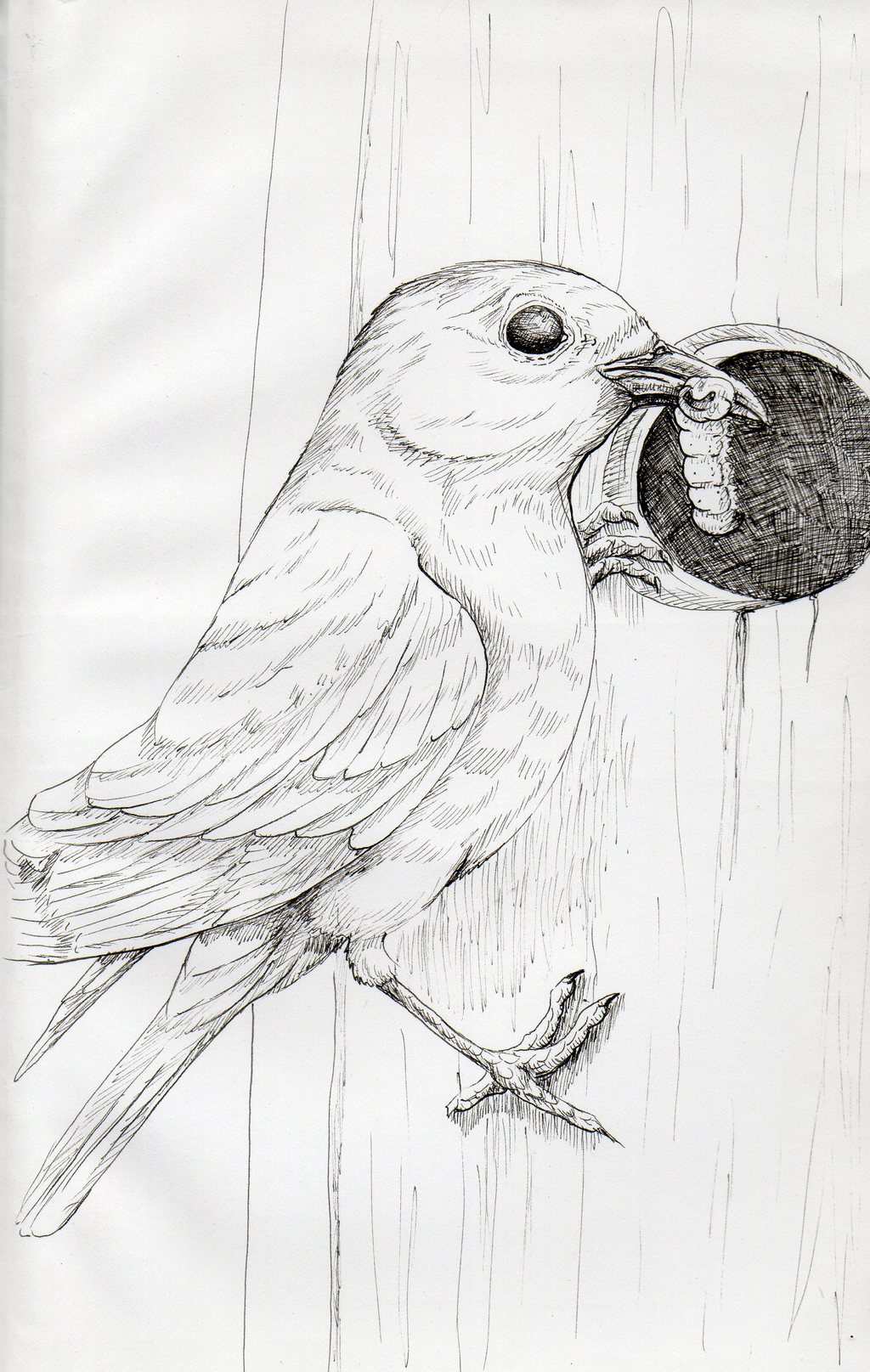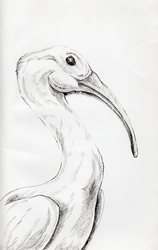Sign In
CloseTotem of the day is Bluebird! Take time to do meditation while moving or hiking in an open woodland area such as a meadow. This can help you relax from feeling too congested with mundane tasks and responsibilities. Take time to relax and glorify in this peaceful, special moment that is forming around you. The coming time will be a growth into a new you so fill this self with confidence and happiness. You may need to speak up to someone important instead of keeping quiet. This could mean speaking up about something good as well as any negative feelings that may need to be resolved. The Bluebird totem is known for it's connection to happiness, modesty, and confidence. When Bluebird shows up it can mean that now is a time when we should revel in the simple, beautiful, and joyful rather than getting caught up in the downside of life. Now is a time to let yourself have fun. To the Peublos, bluebirds were seen as signs of passage or movement from one stage to another due to their appearance in the lowlands of North America when the winter would change to summer. To the Cherokees, the bluebird was associated with the direction North due to it's blue color. This blue color also connected the bluebird with the blue Throat Chakra and the powers of creativity. Blue bird feathers were often used on prayer sticks for the Peublo peoples for use in connection to ice and snows as well as bringing the summer season. Bluebird reminds us to bring back the inner child of joy and light within us. At times, the Bluebird can also be a messenger from ancestors who have passed on. People who connect with Bluebird often know what the right things to say in the right time are with a tendency to work hard and be serious about getting in that relaxed playtime. These individuals are often modest and well-liked with a penchant for being sweet yet able to stand up for themselves.
Bluebird, Sialia, are omnivorous avians that can live up to 10 years old in the wild. They are found throughout North America and possess three species: Eastern bluebird, Western bluebird, and Mountain Bluebird. Both Eastern and Western bluebirds can be identified by their red brown breast feathers constrasting sharply against their other blue feathers. The Eastern bluebird can be found east of the Rocky Mountains from Canada to Mexico while the Western bluebird is found west of the Rocky Mountains. Their relative, the Mountain Bluebird, is found primarily in western North America at elevations about 7,000 feet. While the Eastern and Western bluebirds require areas with trees with high branches in which to perch while hunting, the Mountain Bluebird has the ability to hover which enables them to live in areas with fewer trees or shrubs. Bluebirds actually do not have any blue pigments in their feathers at all, but, rather, each feather barb has a thin layer of cells that asborb every wavelength of color except for blue. This results in the blue wavelength being reflected rather than asborbed which is seen by our eyes as blue feathers. The diet of a bluebird consists of small fruits and seeds as well as spiders, insects, and other small creatures. They must ingest around 4 grams of food a day and often sit high on a perch while searching for prey before dropping down from above to catch the unlucky insect. This technique, called drop-hunting, can be done due to their ability to spot insects in tall grass from over 50 yards away with a flying speed of up to 45 mphs. If captured by a predator, bluebirds will emit a shrill shriek that is theorized to bring other predators near in order to distract the one going after the bluebird. Bluebirds do not do well in the cold, so those living in northern regions will often migrate south during cold seasons. Bluebird nesting occurs between March and August when these monogamous pairs will breed. The male will often assist in bringing building materials to the nest, however, the female is the only bird that actually takes part in building the nest. Bluebirds will often nest in the cavities of trees or nesting boxes set up by humans. A female bluebird will lay between 4 and 6 brightly colored eggs at a time and can, sometimes, raise two or three broods per season. They will build another nest for the nest set of eggs all while taking care of the fledgings that have already hatched. Sometimes the fledgings from the first nest will aid in raising their younger siblings. While a sign of joy, bluebirds will also become quite territorial at times. The male bluebird is known to defend the edges of their territory while the female takes care of defending the nest.
Submission Information
- Views:
- 406
- Comments:
- 0
- Favorites:
- 0
- Rating:
- General
- Category:
- Visual / Traditional




